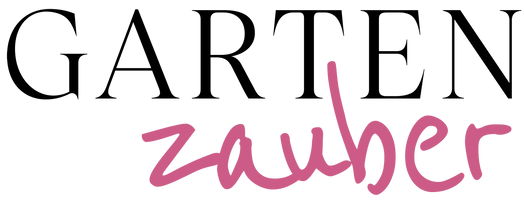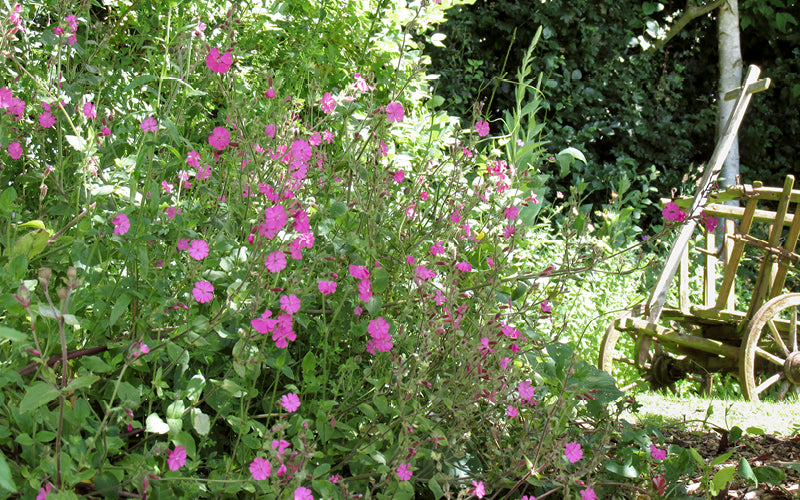
We are creating a forest meadow
You don't have to be a forest owner to create a small clearing with a forest meadow as an animal haven. Ideally, you have a few trees in your garden and have always wanted to know what might grow beneath them.
Continue reading
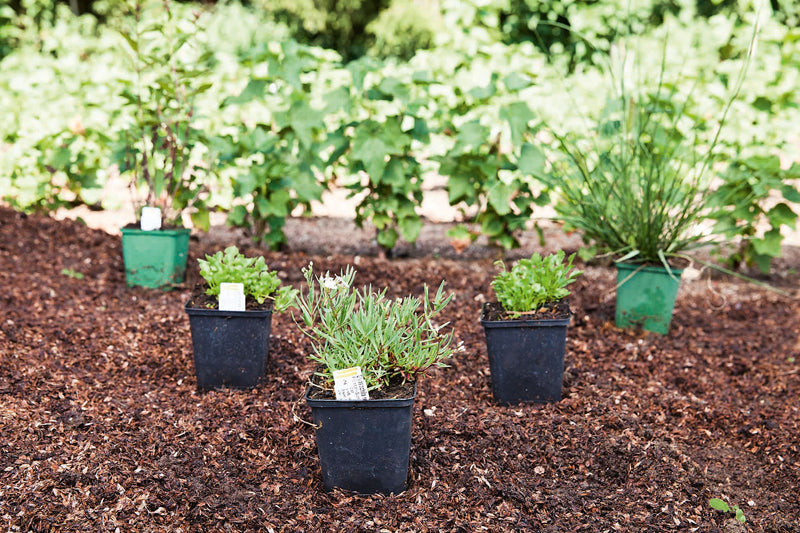
Four steps to a new bed
What to do with the acquisitions from the last plant swap or those homegrown runner bean seedlings? A new garden bed is needed! This step-by-step guide shows how to transform a lawn into fertile ground for perennials and vegetables.
Continue reading

Light in the garden
Subtle lighting, with its interplay of light and shadow, brings excitement and atmosphere to the garden and lifts the mood. Read what you need to consider when planning lighting in your garden.
Continue reading

Raised bed – harvest happiness at a high level
Are you planning to open a salad bar or vegetable counter where gardening and harvesting is easy on the back? Then a raised bed is the ideal solution. "Gardening at a high level" is very much in vogue.
Continue reading
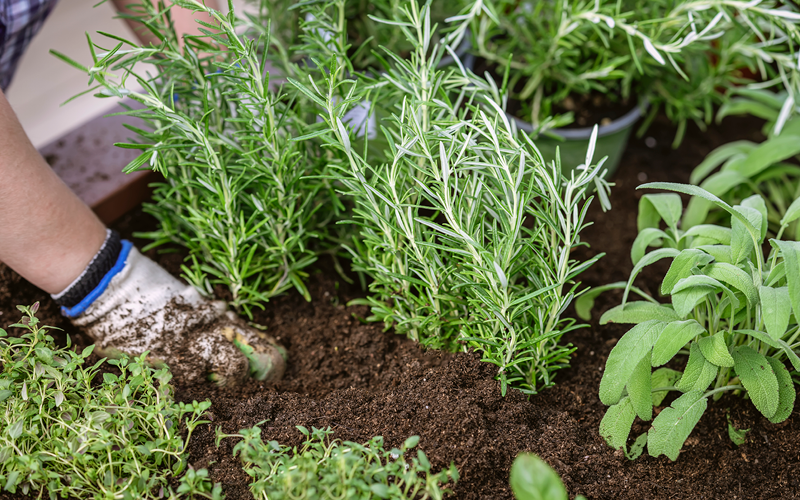
Vegetable garden in April: What to do now – sowing, planting, raising
April is a crucial month for anyone wanting to get started in their vegetable garden. Now's the time to prepare, sow, and plant—with the right steps, you'll lay the foundation for a successful harvest season. In this article, we'll show you what's next in the garden and how to optimally prepare ...
Continue reading
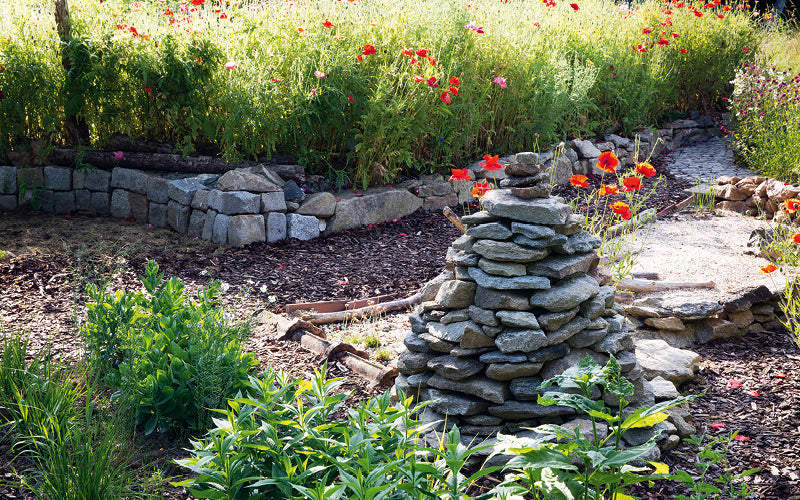
Building shelter for our garden beneficial insects
"Man does not live by bread alone," as the saying goes, and this applies to wild animals as well. In addition to suitable food, they need shelter and nesting opportunities. We have a few tips you should have up your sleeve for your beneficiaries!
Continue reading
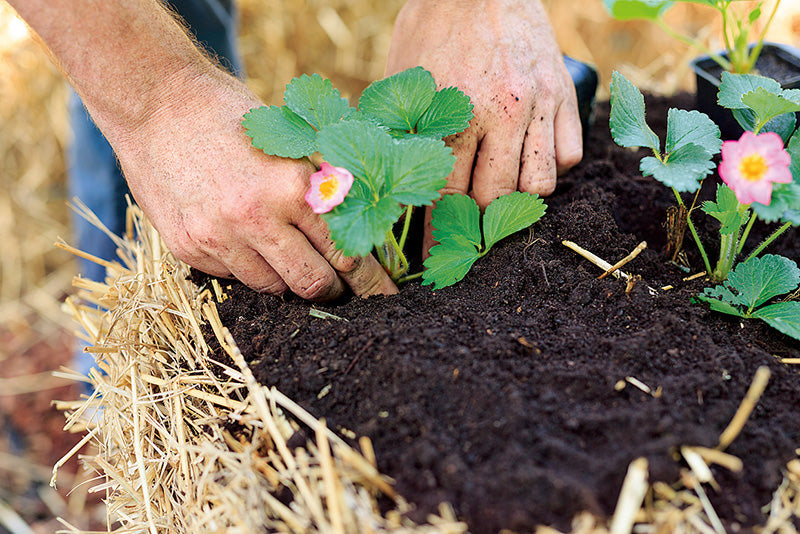
straw bale bed
Plants need three things to grow, bloom, and bear fruit: light, water, and nutrients – and a medium that provides support for their roots. The substrate serves only as a habitat for the roots and for anchoring. Since the problem of nitrogen fixation is solved by fertilizing with straw, straw repr...
Continue reading
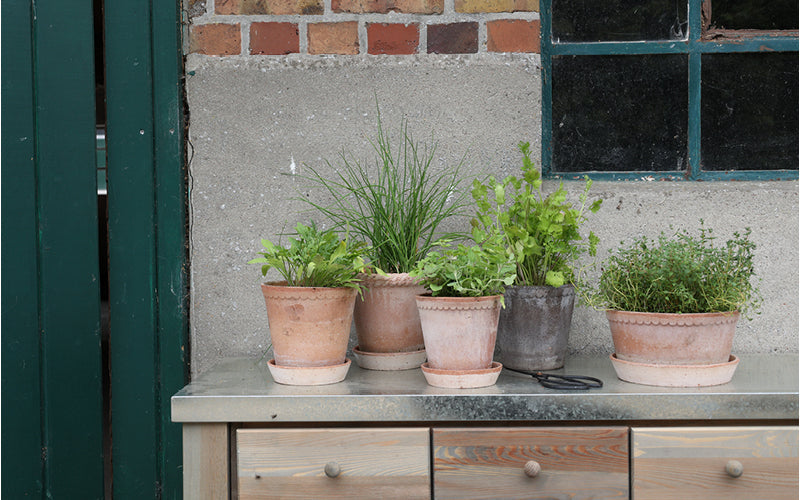
Planting herbs in pots – this is how basil, chives and lemon balm thrive on balconies and windowsills
Fresh, homegrown herbs not only add flavor to the kitchen, but also bring a touch of nature into your home – even in small spaces. Whether on the balcony, patio, or windowsill, basil, chives, or lemon balm are easy to cultivate in pots. With the right tips on location, care, and watering, these a...
Continue reading

Pallet raised bed
Raised beds are also ideal for gardens or balconies that are difficult to plant. They can be comfortably worked on while standing, and the self-contained layering system allows for earlier sowing than in open beds. This raised bed is made from pallets with a frame extension. Each raised bed can b...
Continue reading

Mini fruit for pots and balconies
"Little tree, shake and shake, throw gold and silver over me!" We've been able to do what Cinderella can for a long time. Only now, we don't want to be showered with precious metals on the balcony, but with fruit.
Continue reading
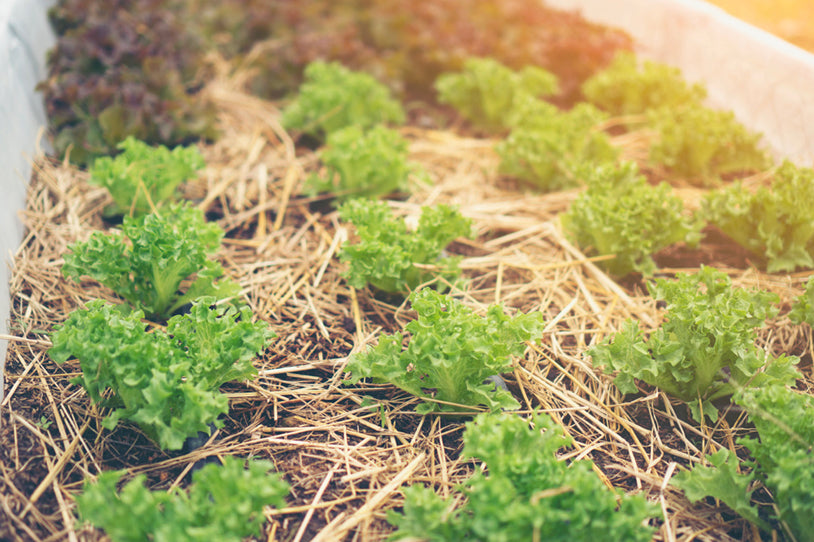
Filling a raised bed correctly
Raised beds are back in fashion. They provide ideal growing conditions for vegetables and make gardening much easier. To ensure your plants have the best conditions to thrive and you get a bountiful harvest, the raised bed needs to be filled with varying layers of compost and soil. We'll show you...
Continue reading
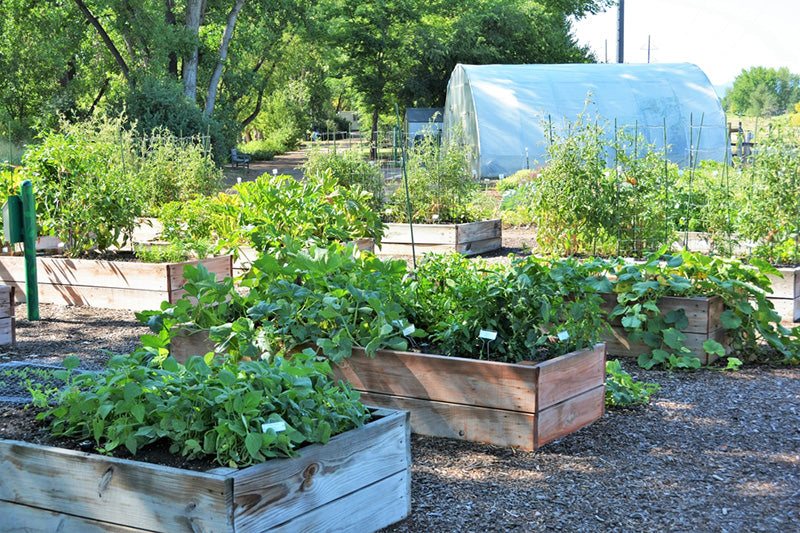
Cultivation plan for the raised bed
To ensure variety in your kitchen, you should frequently rotate the types and varieties of vegetables in your raised bed. A colorful mix of vegetables is not only an attractive eye-catcher, but the plants are also less susceptible to diseases and pests.
Continue reading

The best time to create a raised bed
Since autumn garden waste is ideal for filling, now is the perfect time to create a raised bed. Just like in spring, there is plenty of garden waste available now that can be perfectly recycled for the various layers of a raised bed.
Continue reading
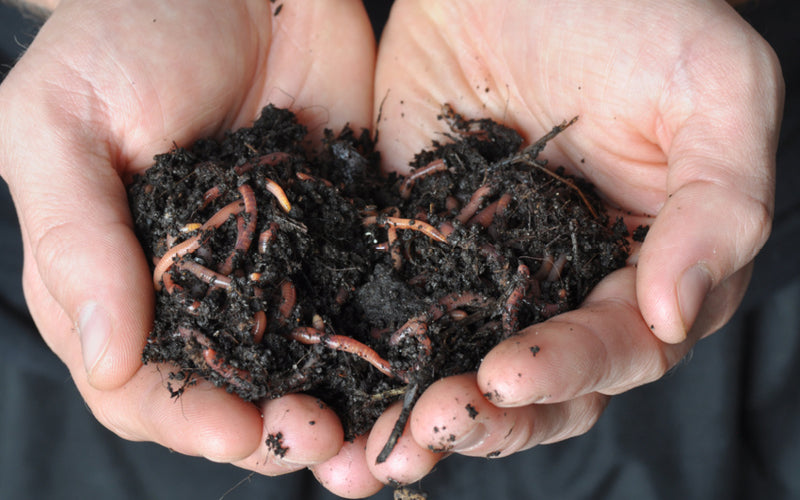
Make your own compost – this is how waste becomes valuable humus
Compost is truly a gardening treasure—sustainable, nutrient-rich, and incredibly easy to make. If you compost your kitchen and garden waste instead of throwing it in the bin, you not only protect the environment but also receive valuable fertilizer in return, completely without chemicals. Earthw...
Continue reading
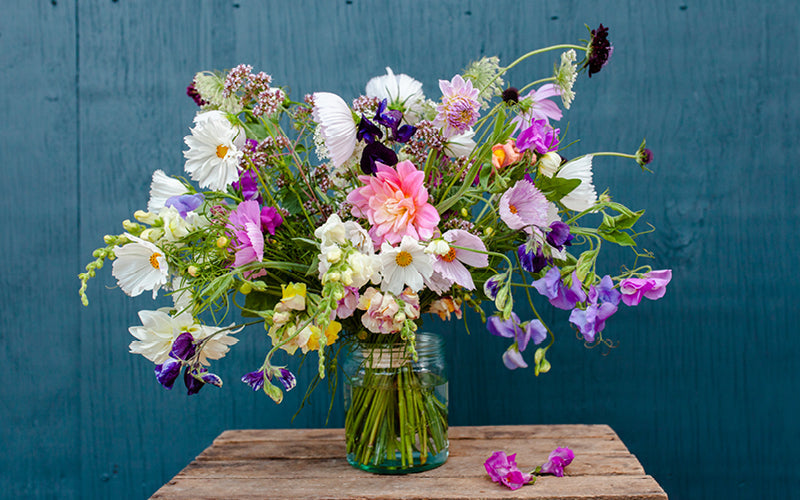
We tie a dreamy summer bouquet
We'll create a dreamy summer bouquet from the abundant blooms of the summer garden! Bouquet-making takes practice—it's not for nothing that training to become a florist takes several years. With patience and perseverance, you can certainly master this art yourself. We'll show you how!
Continue reading
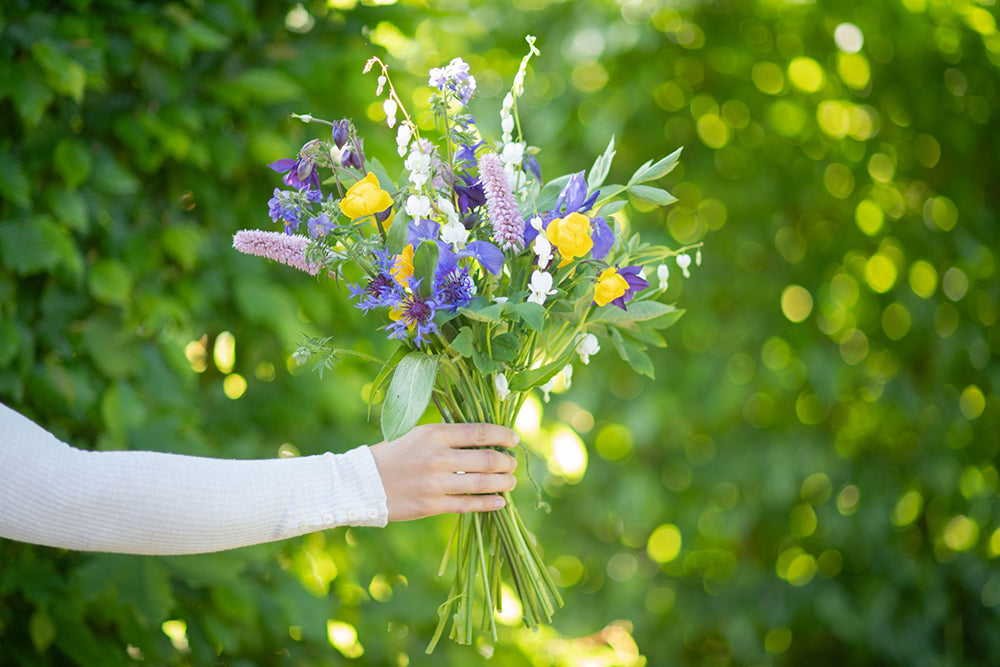
What do cut flowers need for a long, happy life?
To ensure we can enjoy our bouquets for a long time, there are a few rules we should follow. Learn everything about their durability and what exactly cut flowers need for a long, happy life here!
Continue reading
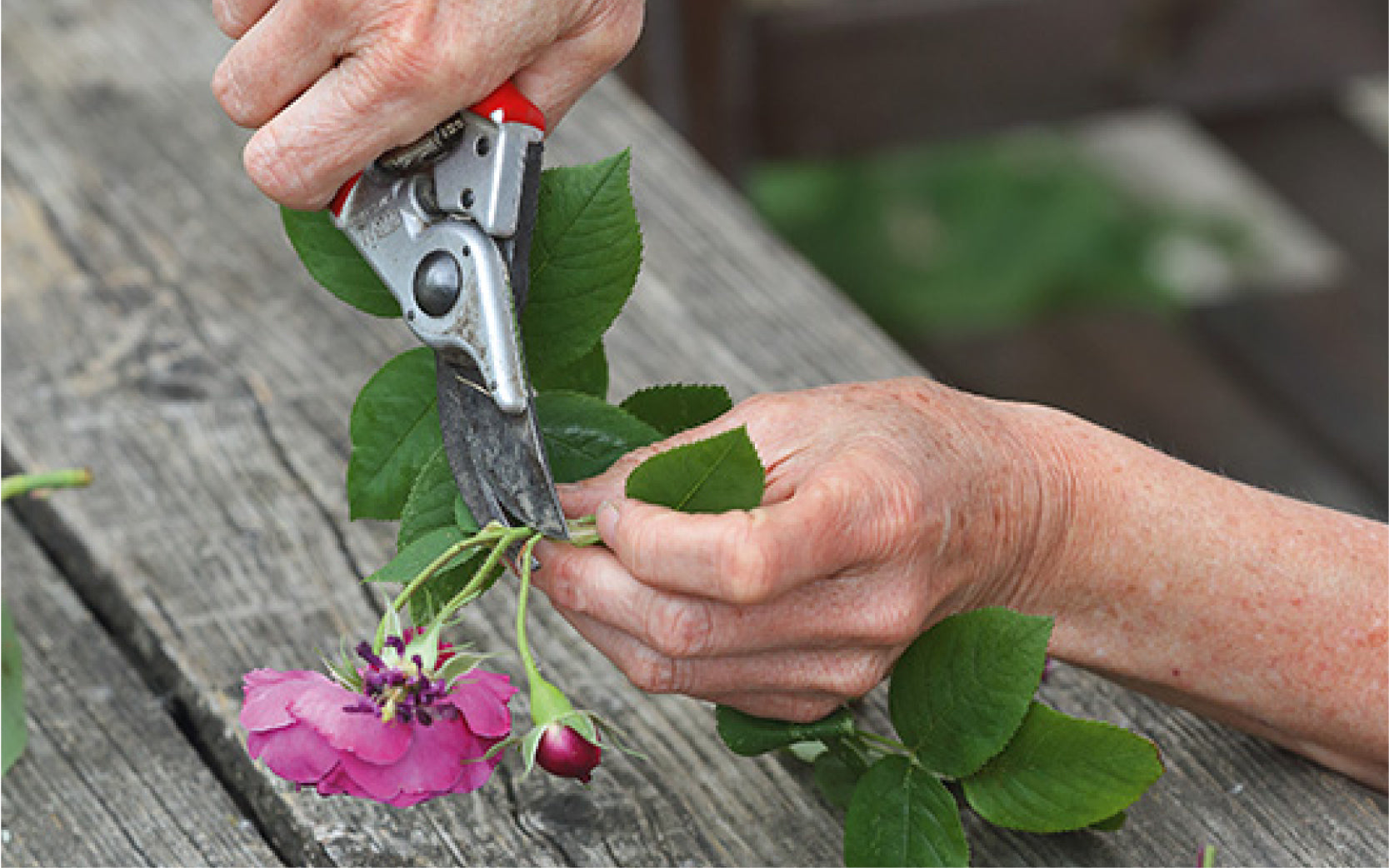
Propagation of roses by cuttings
Not all roses form runners. However, we can use another method to create identical plants. This is possible because plants have the ability to form roots from the shoot, i.e., the stem or leaf. We take advantage of this ability. Cutting propagation is one of the oldest methods of plant propagation.
Continue reading
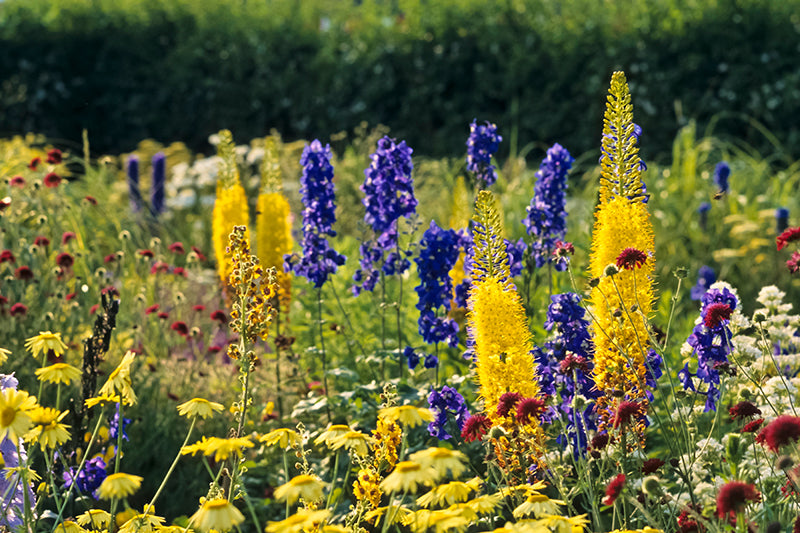
Support and support perennials
Even though our goal is a bed with the lowest possible maintenance and a permanently self-regulating plant splendor, tall perennials in particular often need some support.
Continue reading

Grow your own cut flowers
If you love bouquets, you could create a bed dedicated to cut flowers. You don't need a breathtaking amount of space for this, because even a two-square-meter bed, with good planning, can provide cut flowers for several months. We'll show you how!
Continue reading
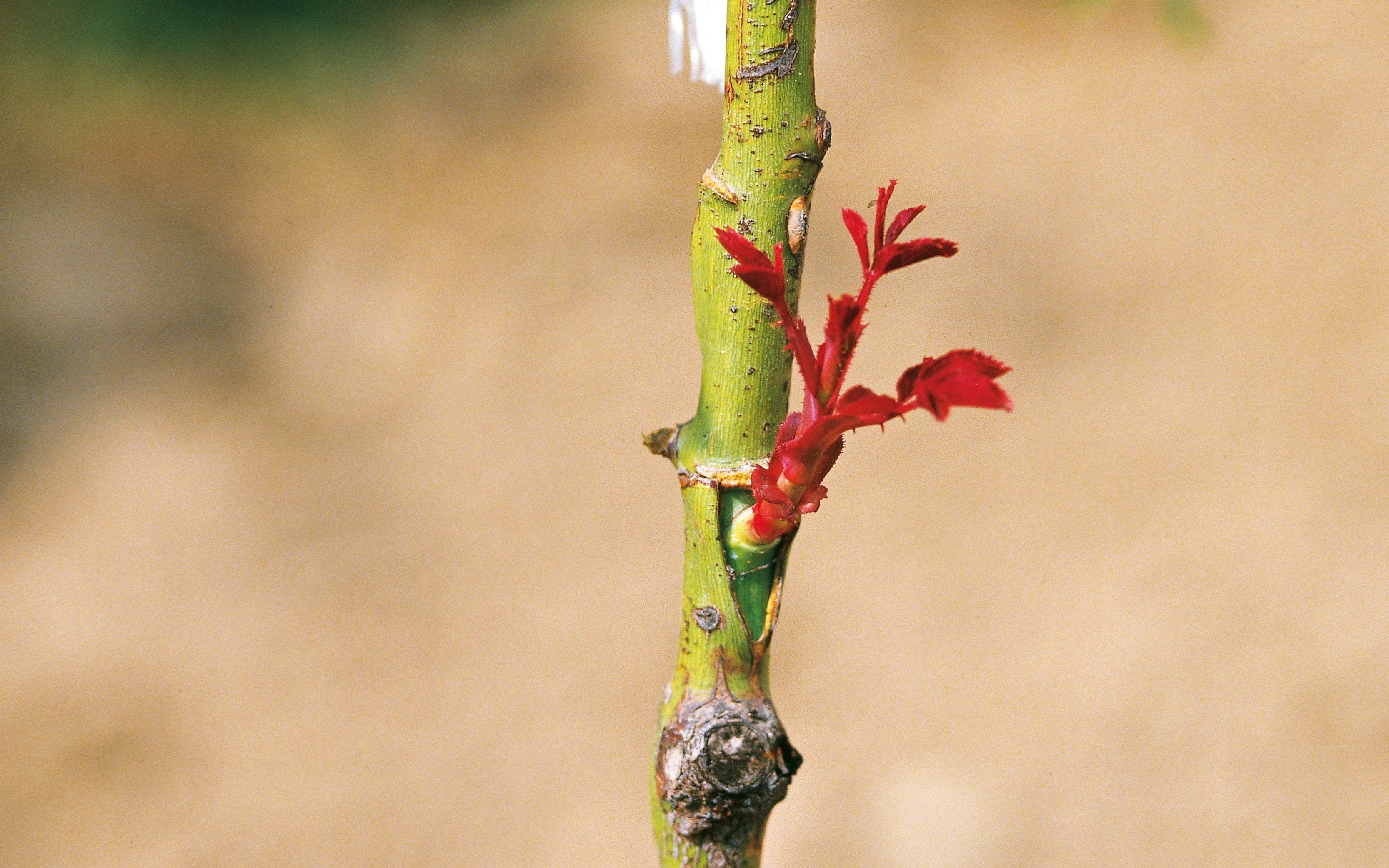
Propagating roses
Grafting still plays a primary role in propagating the countless rose varieties. However, propagation from cuttings is becoming increasingly popular. Wild roses and rootstocks are sown. Some species can also be propagated from root cuttings, such as R. nitida and R. virginiana. Propagation from w...
Continue reading
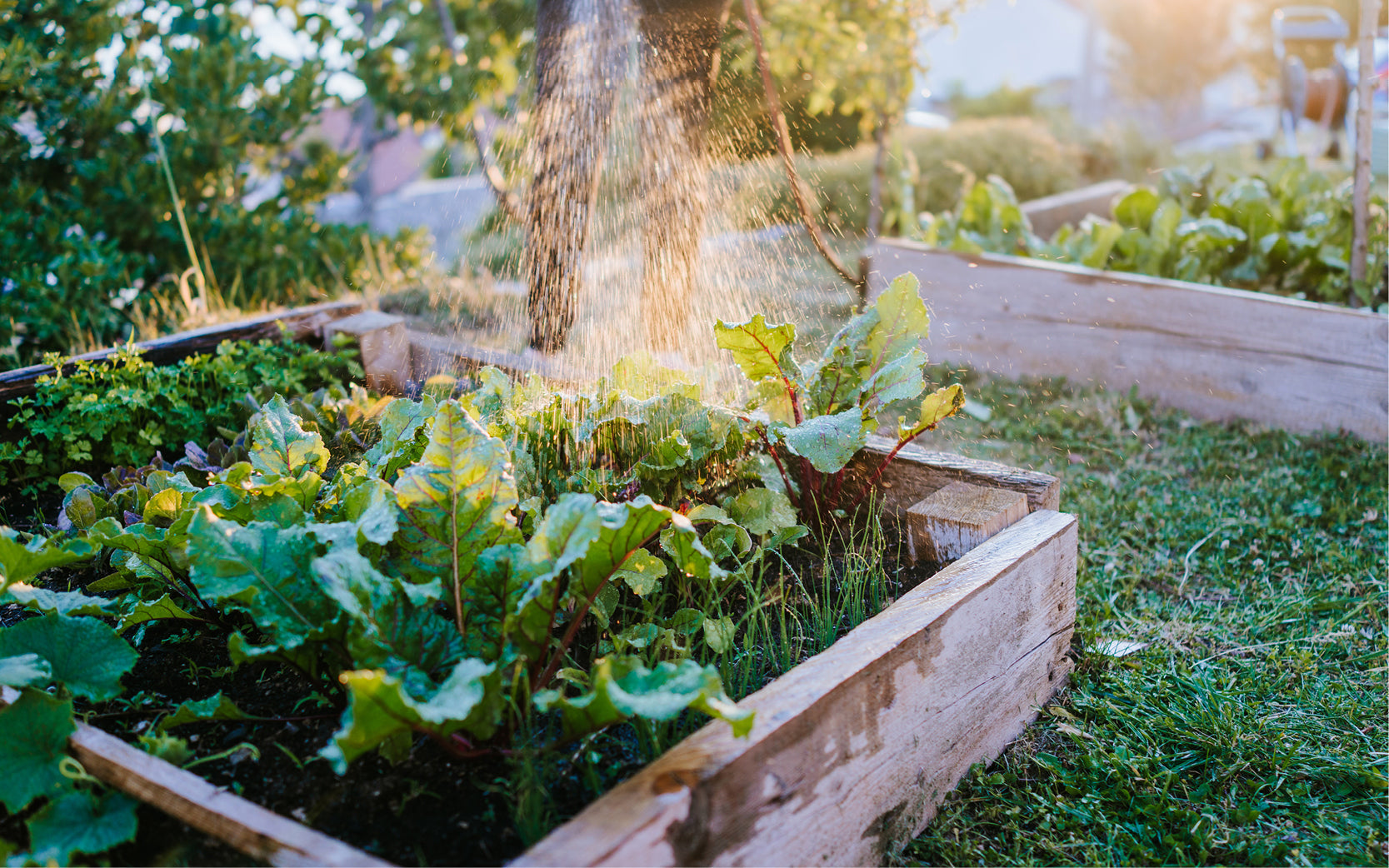
Vegetables in the raised bed
Abundant harvests, working without having to bend down, and gardening in almost any location – raised beds simply score points on many levels. Thanks to their diverse shapes and materials, they also offer a wide range of uses when designing your dream garden.
Continue reading
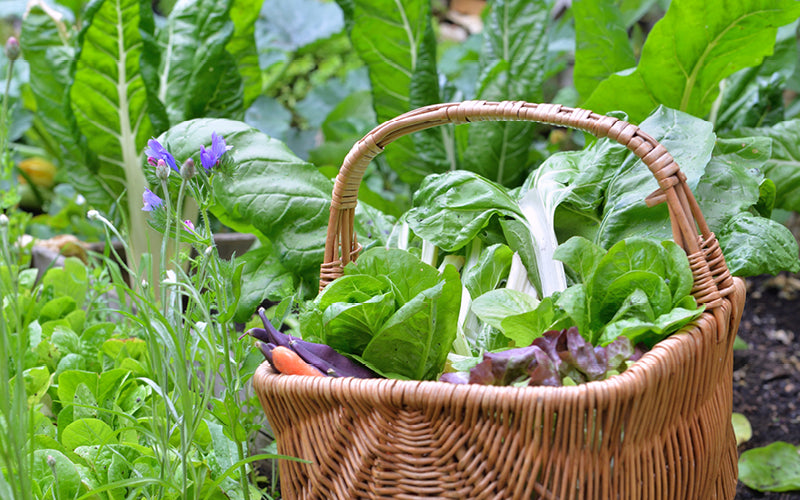
The right location for fruit and vegetables
Growing fruit and vegetables from your own garden is a dream for many. To prevent this from bursting like a soap bubble, choosing the right location is crucial. We'll tell you how to make your dream come true!
Continue reading
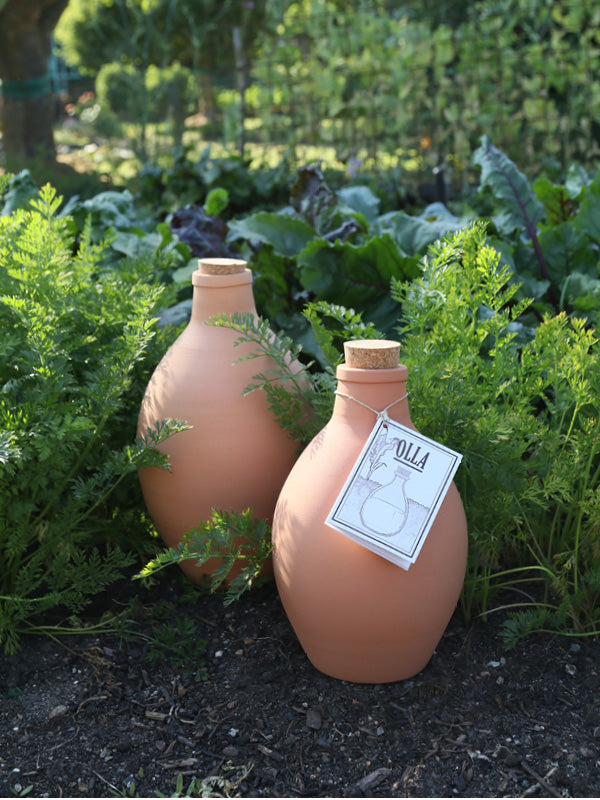
Olla – Ideal water reservoir for irrigation in raised beds
The traditional olla watering method is simple, effective, and particularly water-efficient—ideal for raised beds and dry summers. The porous clay pots release moisture slowly and evenly to the roots, supplying the plants exactly where they need it. A clever solution for sustainable gardening wi...
Continue reading
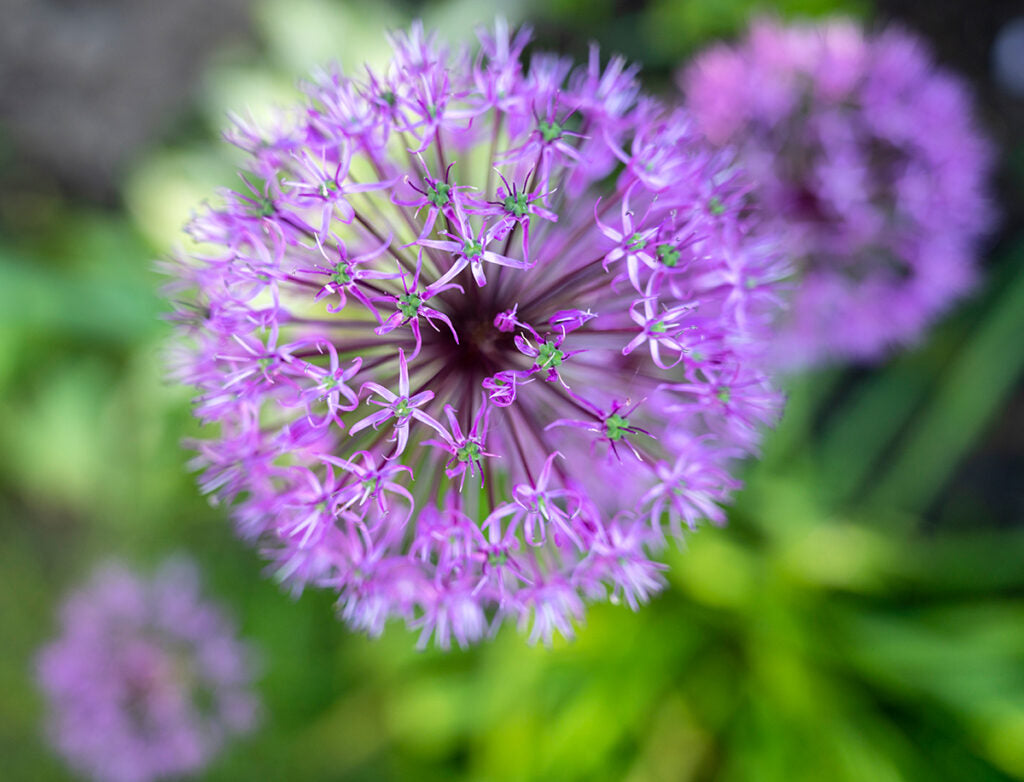
Ornamental onion plants: What you need to pay attention to
Ornamental onions, also known as Allium, are an attractive eye-catcher in the garden as early as April and are among the most decorative flowers. We have a few tips to keep in mind when planting these impressive beauties.
Continue reading
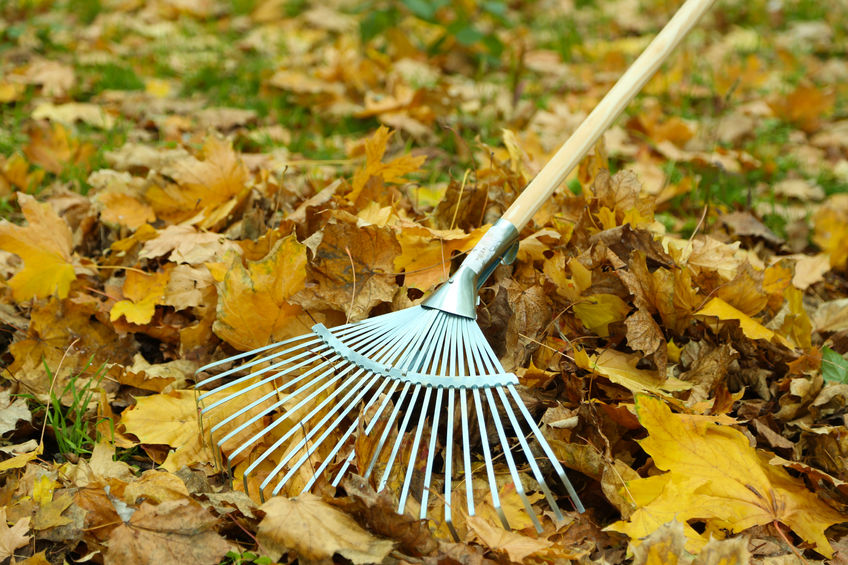
Leaf compost – the clever way to use leaves
It's the same every autumn: first the leaves turn beautiful shades of red and yellow, then they fall off and are left in abundance in your garden.
Continue reading

Making compost – How to do it right
Making compost isn't difficult at all: With the right mix of organic kitchen and garden waste, it's easy to make your own compost. Simply produce the treatment for your garden yourself...
Continue reading
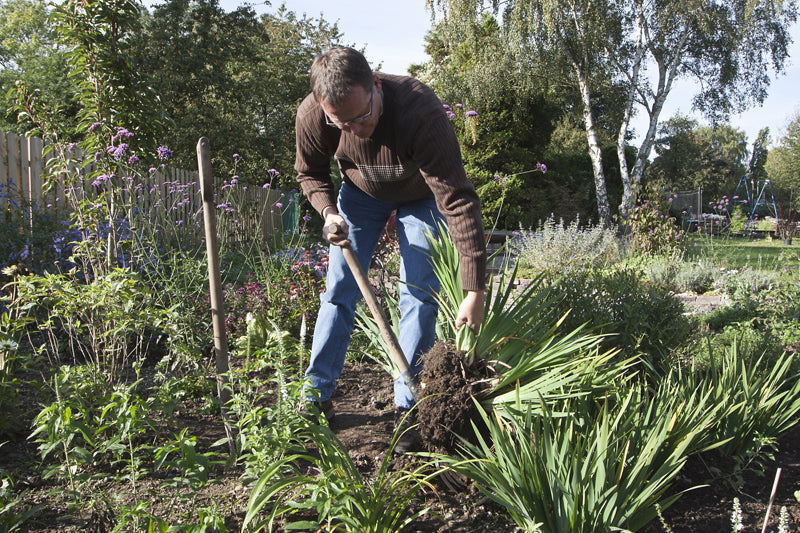
Happiness should be shared – perennials too!
What a spa day is for us humans, division is for most perennials. They emerge from this process rejuvenated and strengthened. "Many perennials should be divided at regular intervals," recommends Martin Becker, a perennial gardener from Dinslaken. The benefits of this effort in the garden are mani...
Continue reading
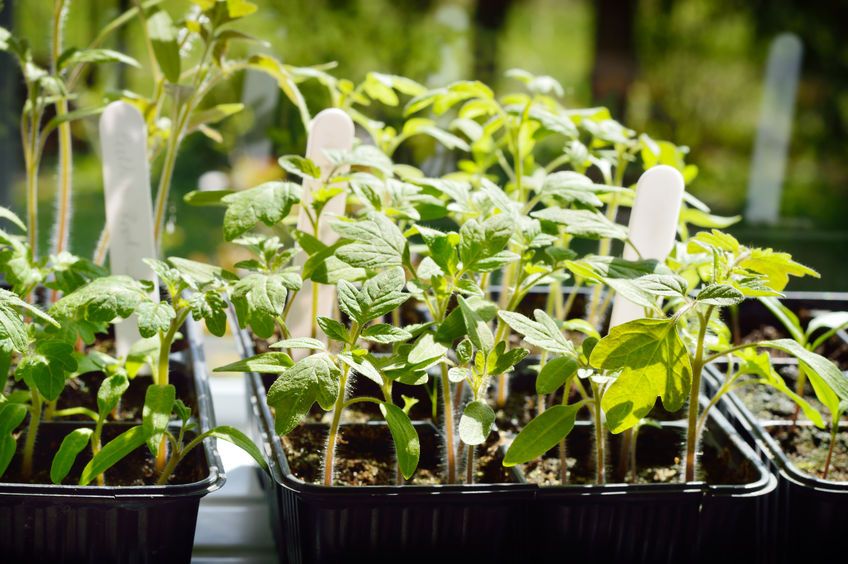
Sowing on the windowsill
Plants need plenty of light to thrive. With plant lights, you can start growing them on your windowsill even during the darker months.
Continue reading

Winter protection for roses
If temperatures permit, roses can bloom well into December. Each year, the cold season presents a new test for them. Normally, strong and healthy plants are well-equipped to withstand the cold. Unfortunately, most roses are not completely frost-hardy. A little care is therefore helpful.
Continue reading

Planting winter aconites
If you want to enjoy these small yellow flower stars in your garden from January onwards, you should start planting winter aconites in September.
Continue reading
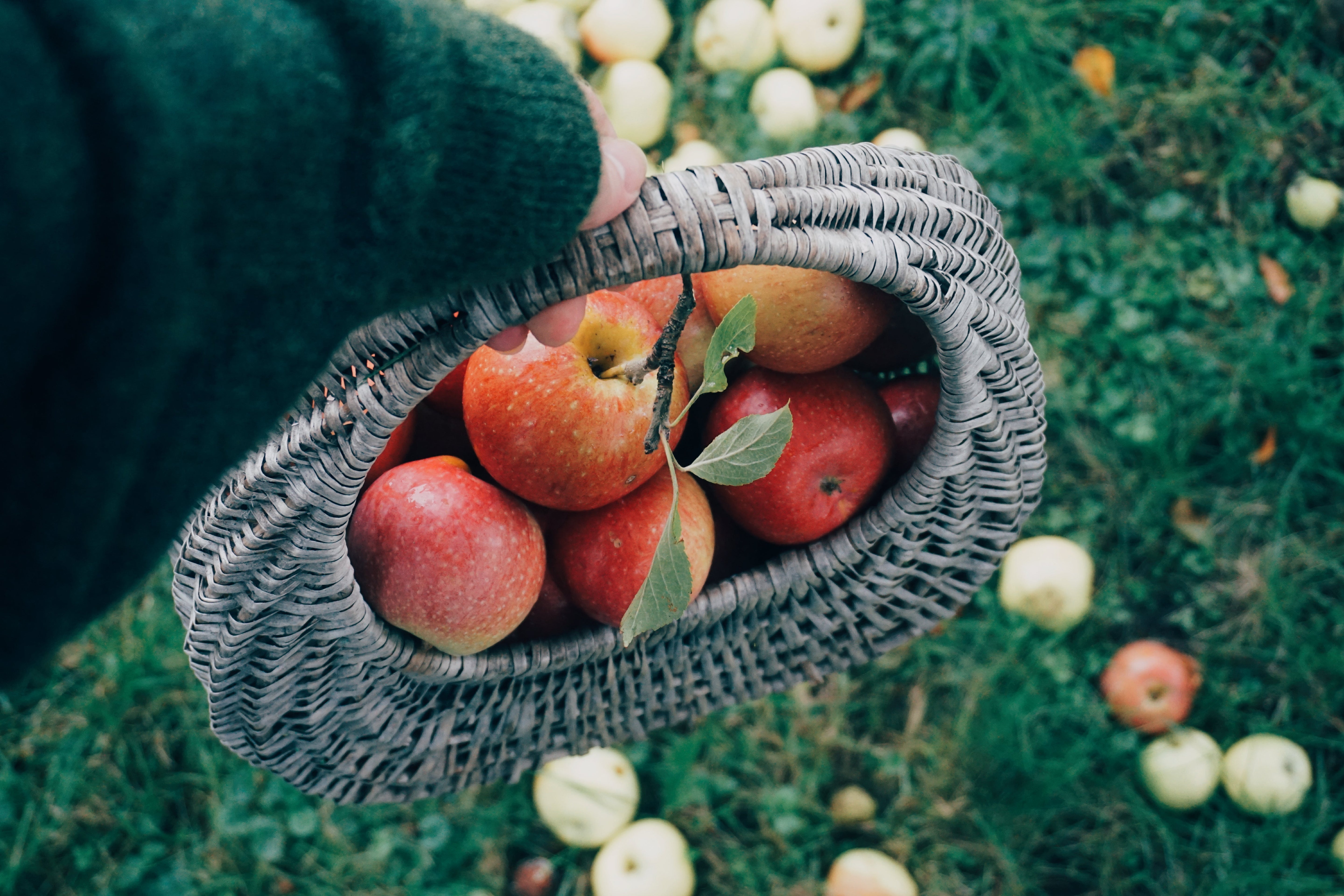
Harvesting winter apples
In the popular poem about “Herr von Ribbeck” by Theodor Fontane there is a pear tree, but the golden autumn season is also the best time to harvest apples.
Continue reading

4 tips for the perfect winter compost
Composting is wonderfully easy in the summer: Temperatures are high, and there's an abundance of soft, green material that breaks down wonderfully quickly when mixed with woody clippings. In contrast, winter is a time when there are few materials and temperatures in the compost heap can drop so l...
Continue reading

Pruning summer-flowering shrubs
In March/April, pruning shears are used on summer-blooming ornamental shrubs. You may be wondering why? A gentle pruning encourages the shrubs to produce many new shoots, which will later bloom. So, those who are diligent in their pruning training will be rewarded with abundant blooms and a stron...
Continue reading
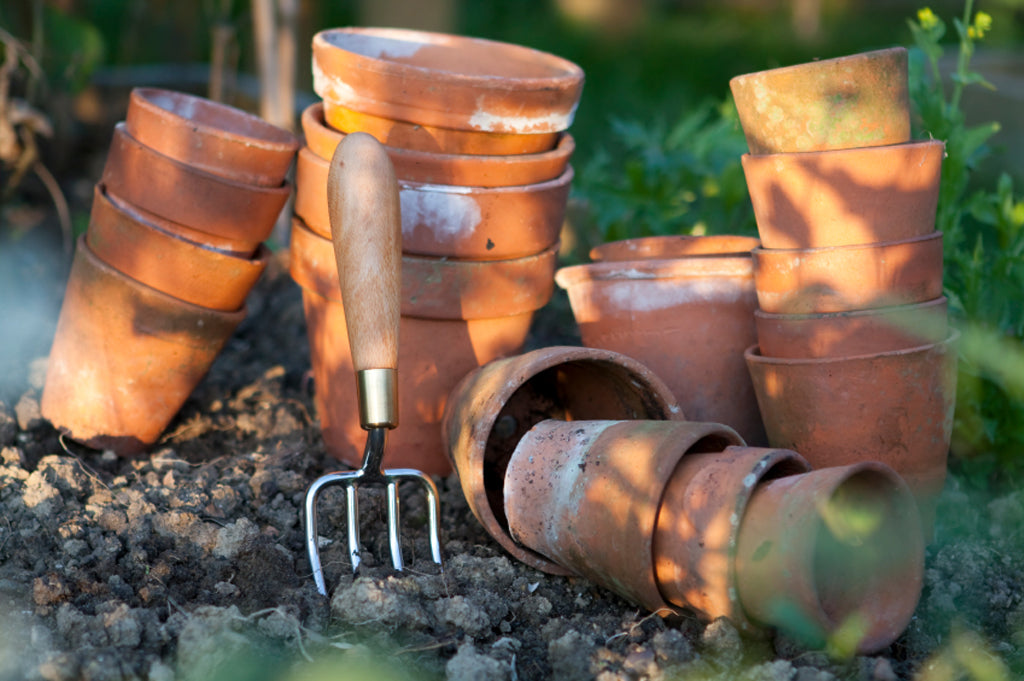
Get to the pots!
To kick off the gardening season, you need plenty of empty pots for sowing, pricking out, and potting up the first small spring bloomers, and of course, the larger ones too. To ensure our beloved plants all get off to a good start and don't have to deal with "legacy" from the previous year, like ...
Continue reading

Mulching…
...natural fertilization with an added protective factor. Mulch, for our gardening novices, translates to 'decomposing earth'. It refers to covering bare, uncultivated garden soil with organic matter, i.e., compost. When used correctly, mulching requires less work for the hobby gardener, is ecolo...
Continue reading
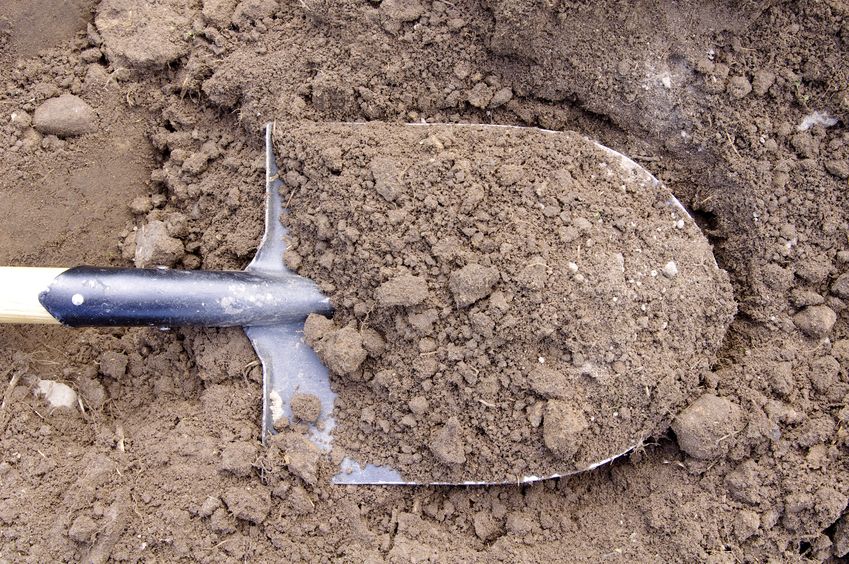
A little soil science
The foundation of life for all plants is the soil in which they grow. How well they thrive depends on the type of garden soil, its structure, and its nutrients. To determine this, you can test your soil.
Continue reading
